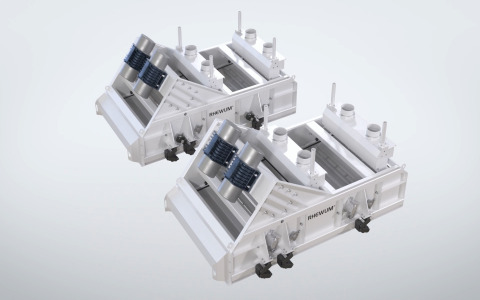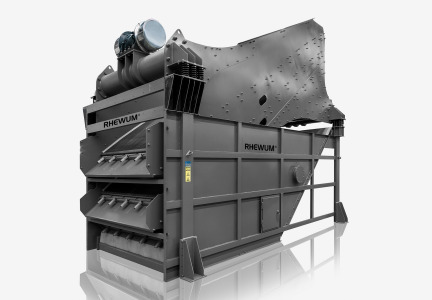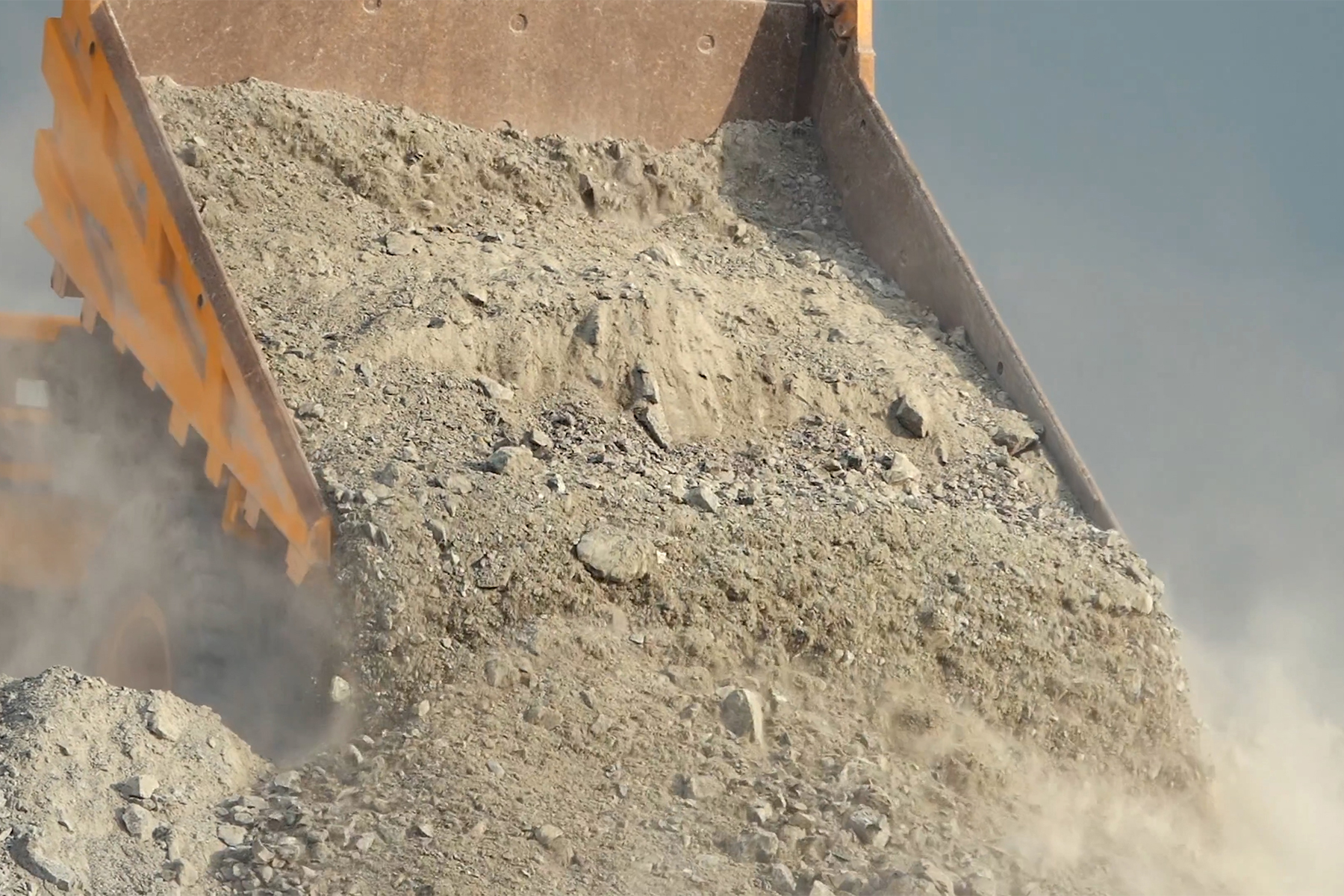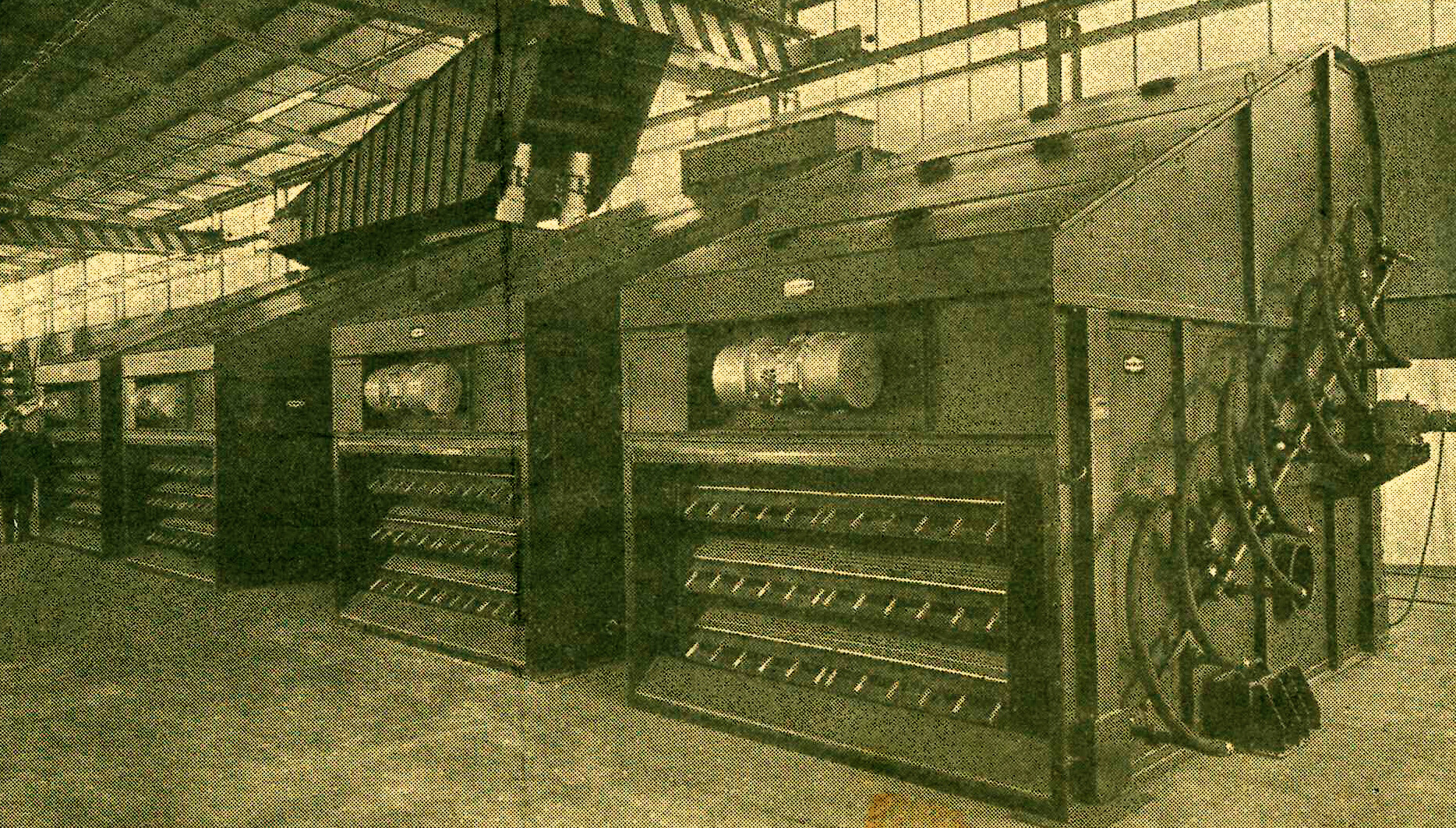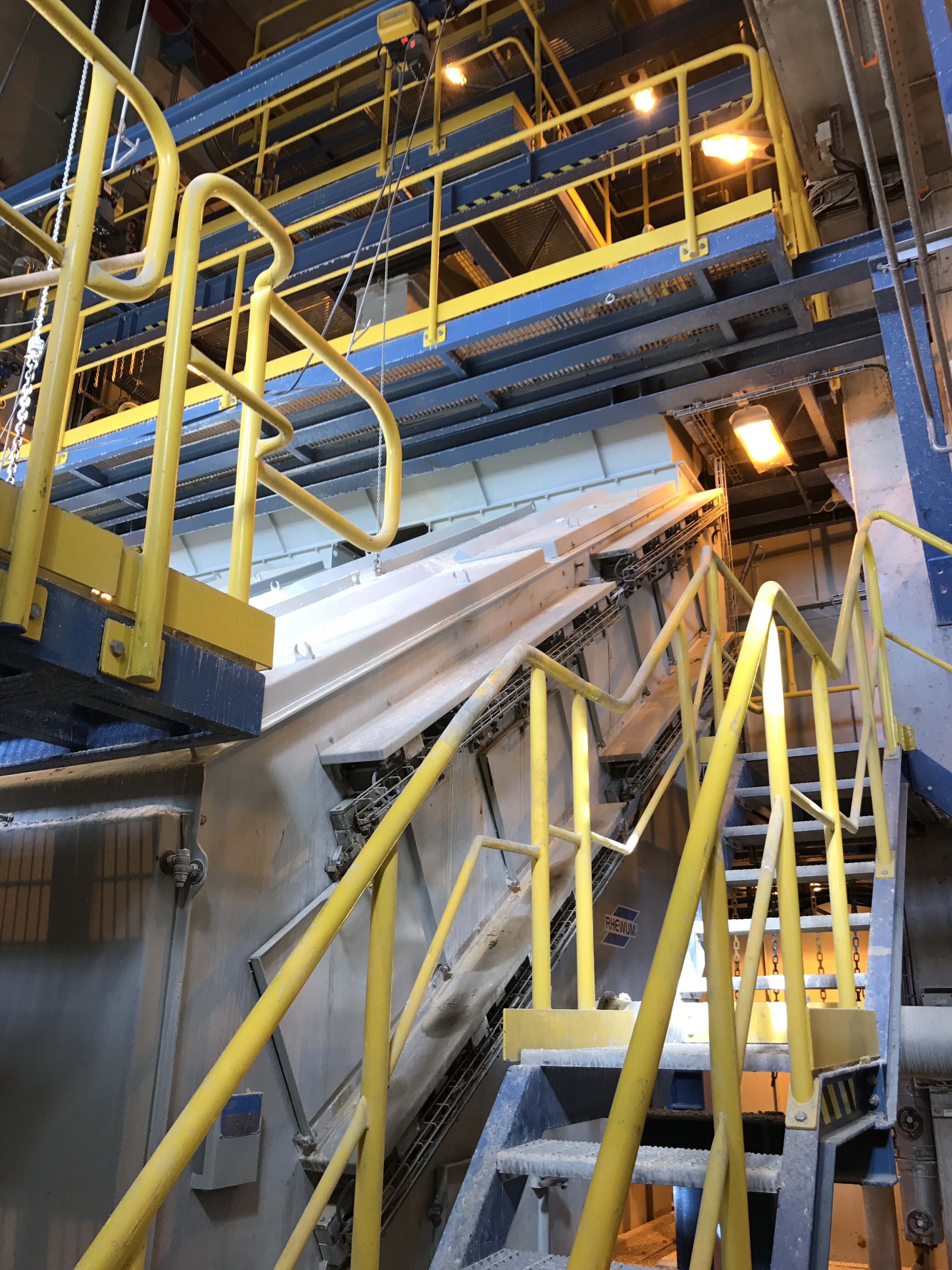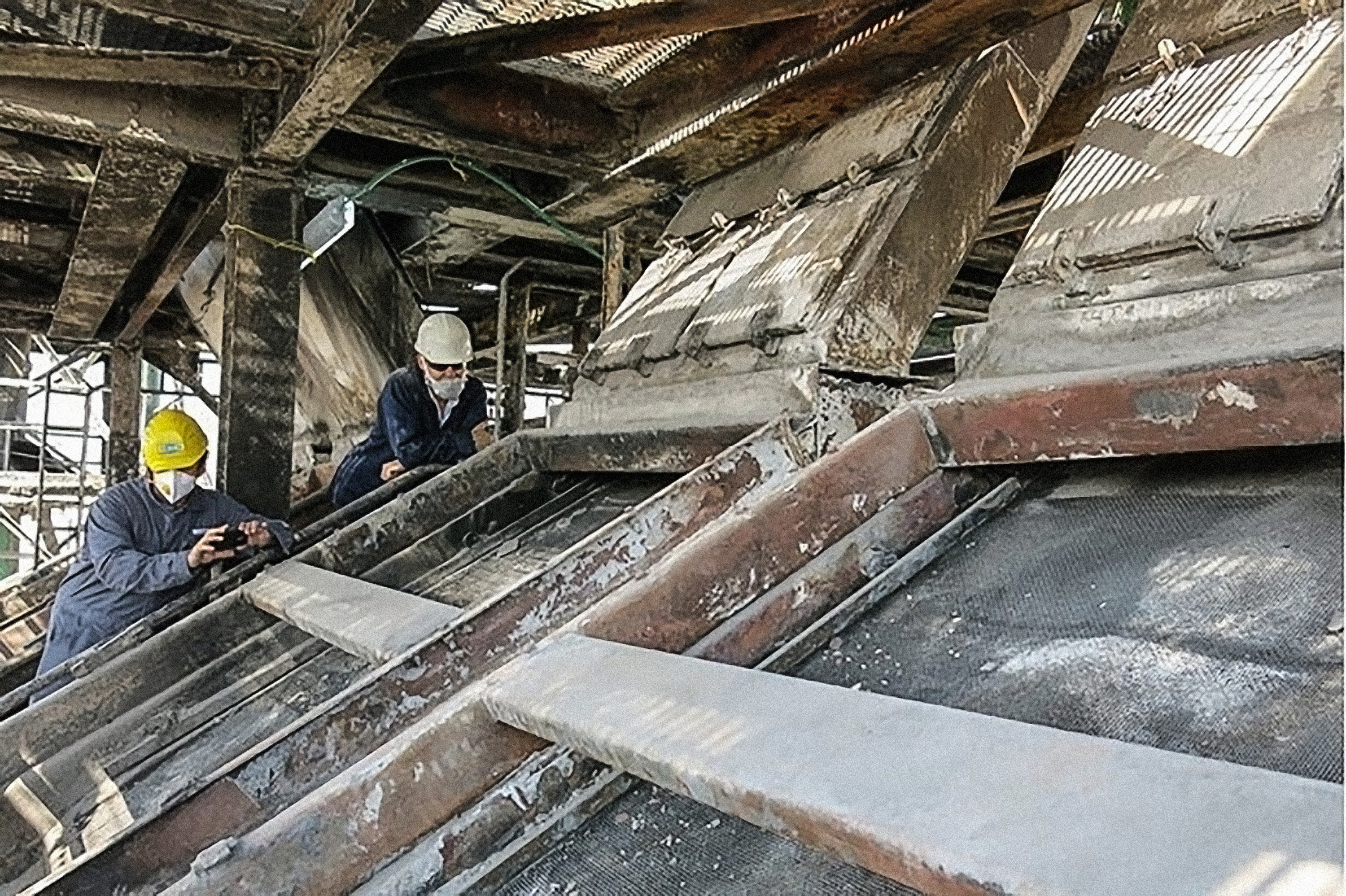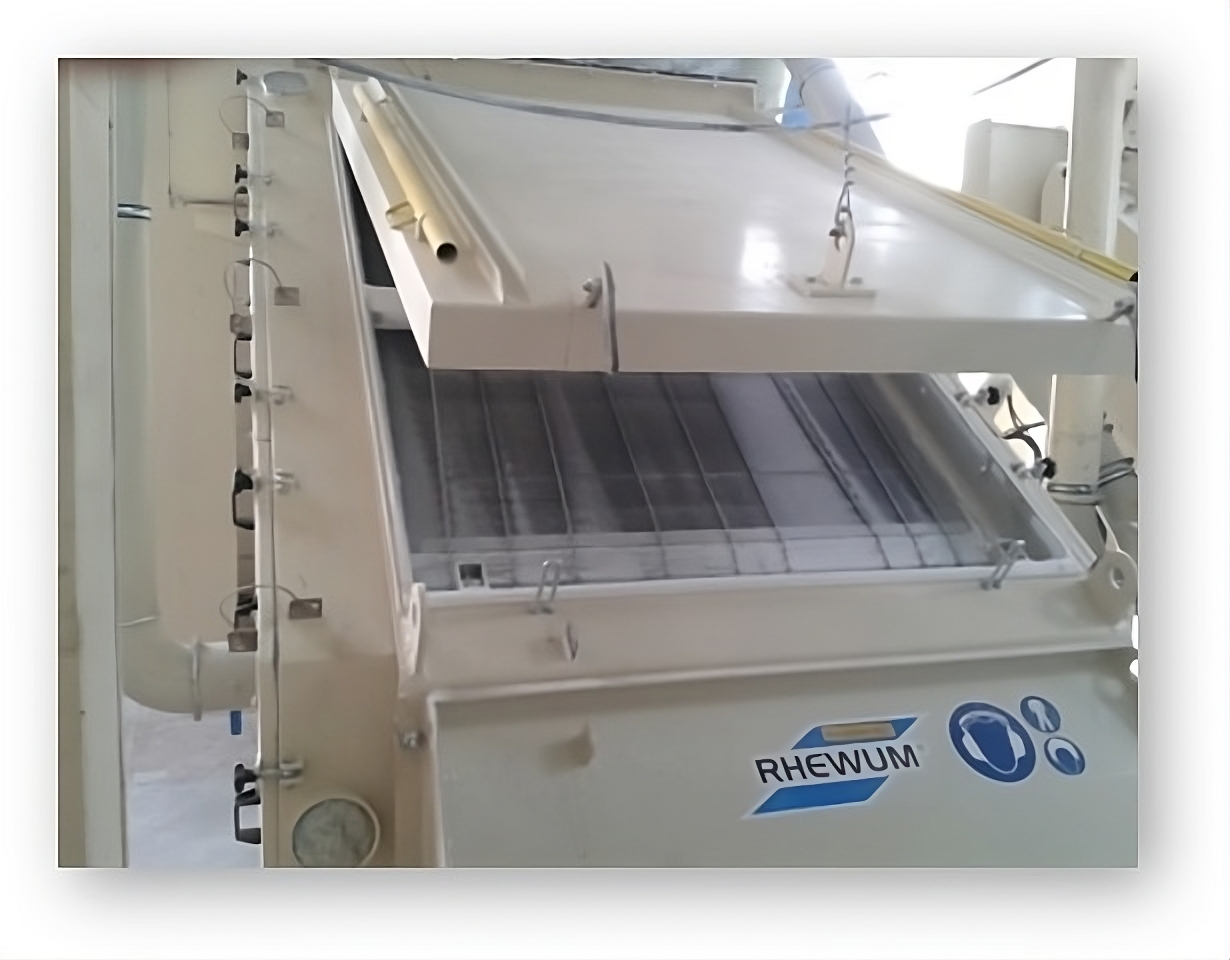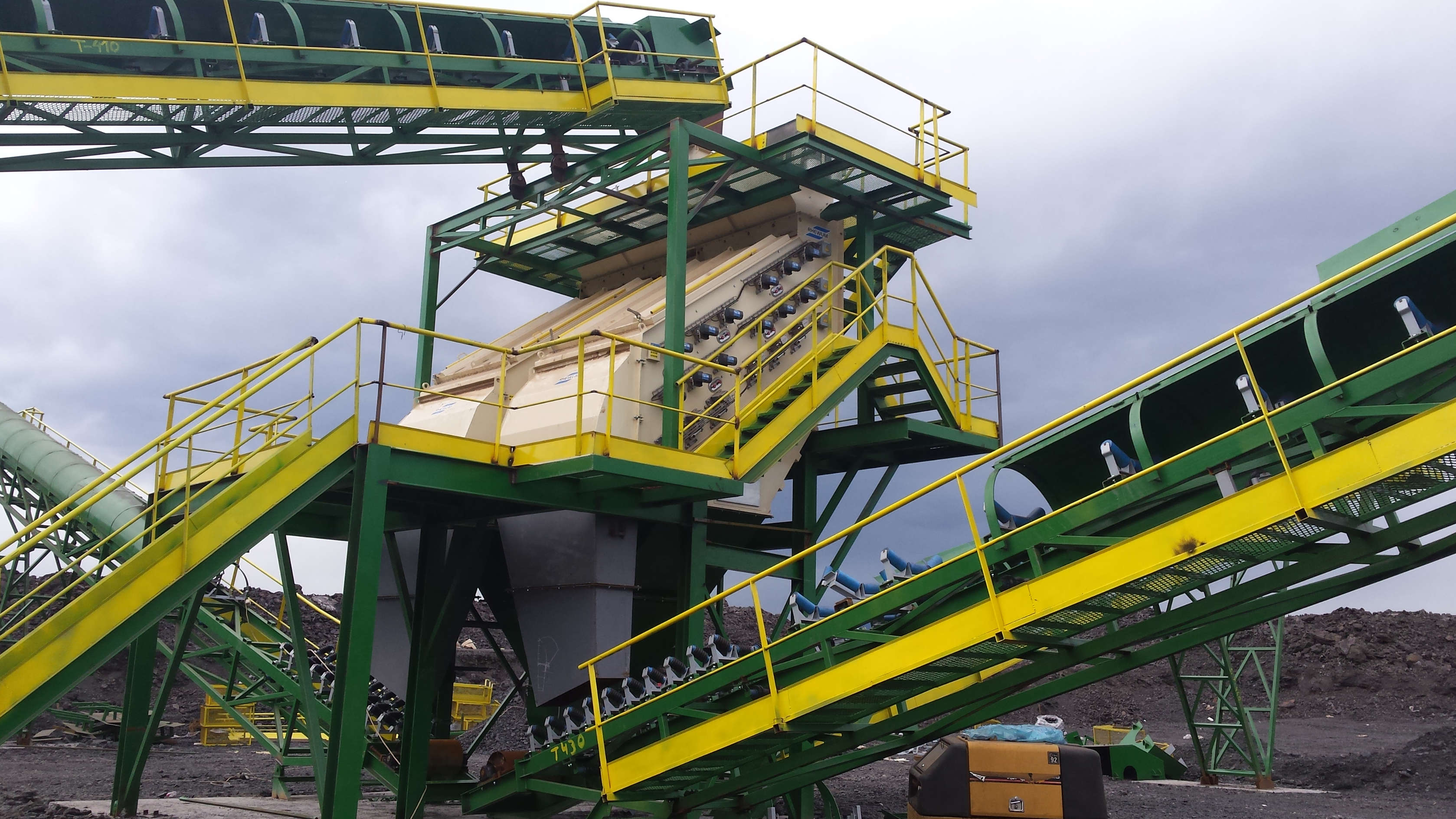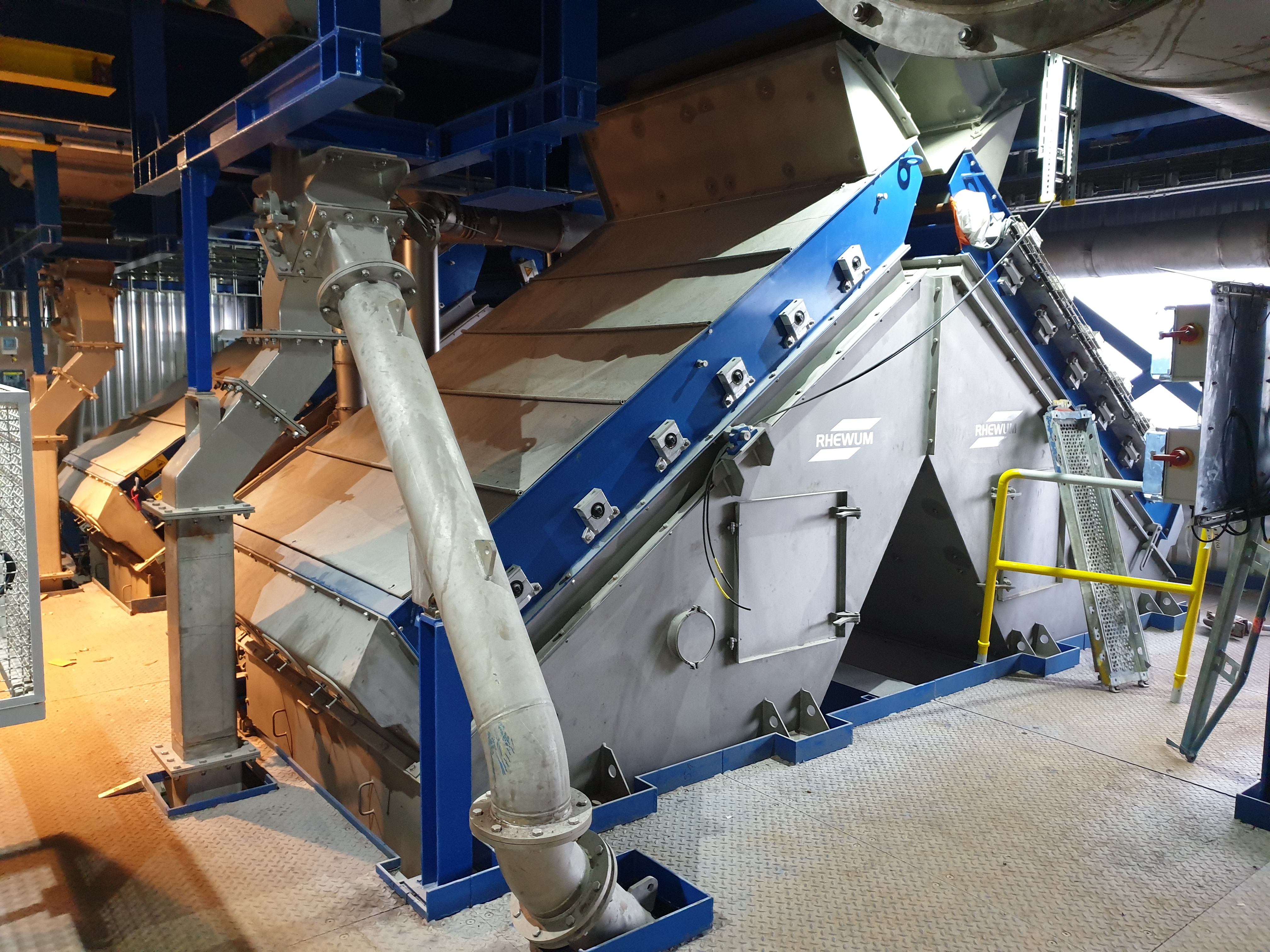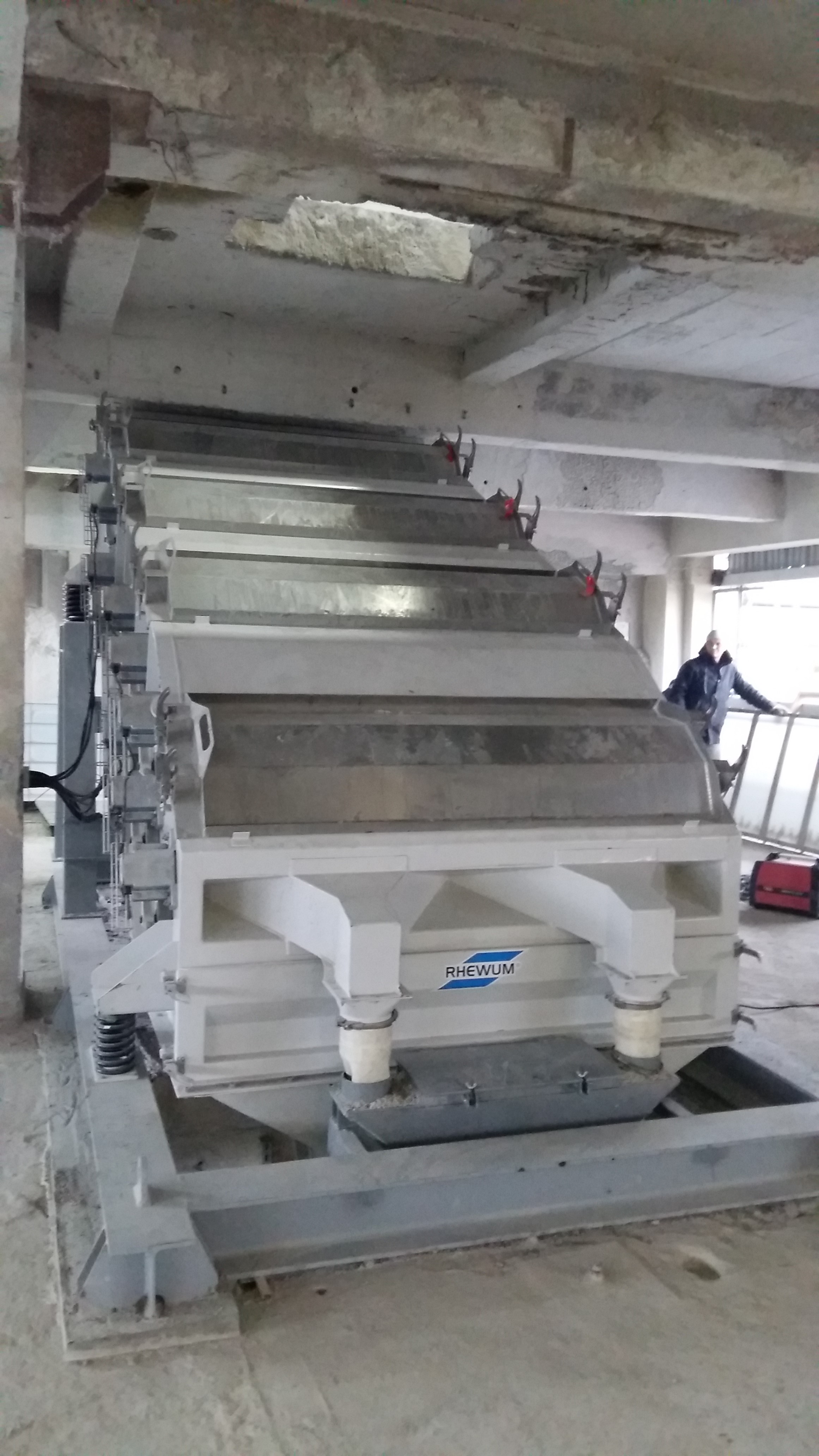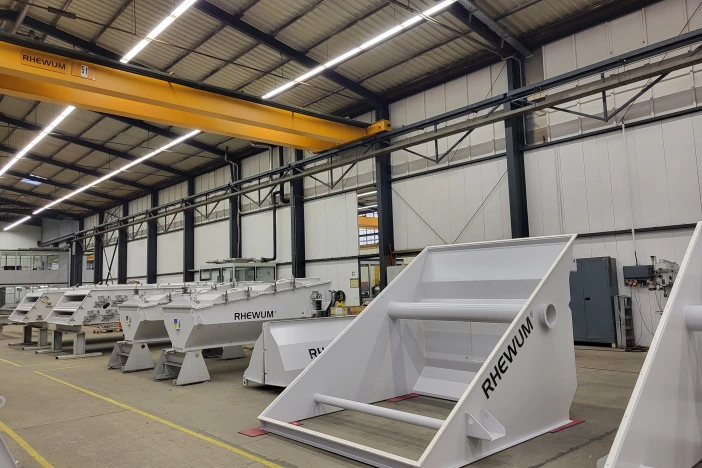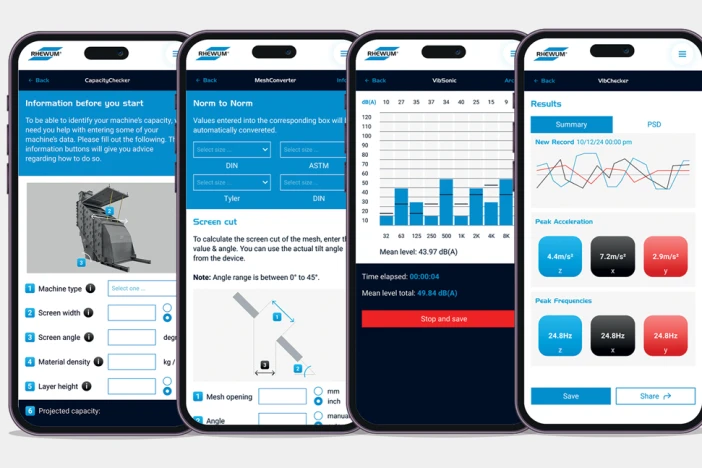Conventional screener vs. screening machine with direct excitation
Struggling to navigate the crowded marketplace of industrial screening solutions? You're not alone! With today's overwhelming array of options, finding that perfect match for your operation can feel like finding a needle in a haystack. Here's the deal: while all these technologies ultimately separate materials by particle size, the similarities end there.
From design architecture to operational mechanics, conventional motion systems (think gyratory and shaker units) differ dramatically from cutting-edge direct excitation technology. Making the right call isn't just about immediate performance—it's about boosting your bottom line through enhanced productivity, slashed maintenance costs, and minimized downtime. In today's ultra-competitive manufacturing landscape, these advantages aren't just nice-to-haves—they're absolute necessities. Click through for our comprehensive breakdown comparing traditional screening methods with next-gen direct excitation technology. Your production efficiency depends on it!
Traditional Oscillating Screens: Are They Right for Your Operation?
Ever wondered how those workhorse oscillating screens actually get the job done? These industrial staples rely on a full-frame vibration approach—the entire screen body moves through oscillations powered by eccentric shafts or unbalanced motors. This motion creates the magic: materials travel across the screen surface while smaller particles drop through the mesh openings.
The Upside of Going Traditional- Straightforward Engineering: Nothing complicated here—just robust, proven technology that handles a wide spectrum of applications across industries
-
Volume Processing Power: These bad boys can handle serious throughput when you're dealing with bulk materials and larger particle sizes
-
Customize Your Setup: Mix-and-match modular components let you tailor your screening operation to specific dimensional requirements
The Not-So-Pretty Reality-
Efficiency Roadblocks: Those limited vibration amplitudes just don't deliver enough acceleration at the mesh level, leading to frustrating blinding issues and subpar separation—especially with those challenging finer materials
- Maintenance Headaches: Expect regular attention to bearings, drives and other mechanical components facing constant stress. Worse yet, those vibrations transfer throughout your facility, potentially causing structural issues down the road
- Power-Hungry Performance: Moving that entire frame requires serious energy input, driving up your operational costs compared to newer technologies
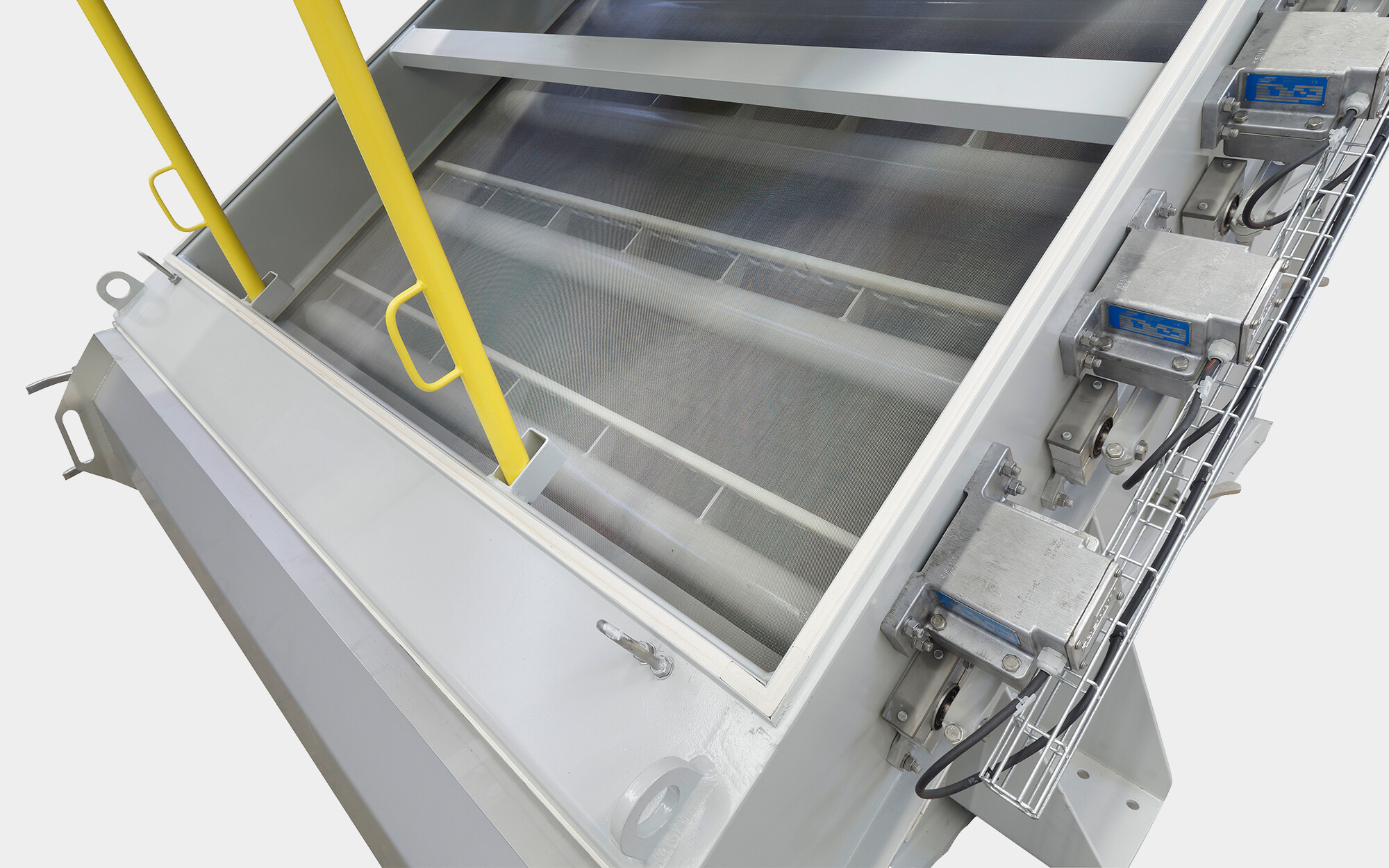 Screener with direct screen excitation
Screener with direct screen excitation
Direct Excitation Screening Technology: A Game-Changer for Your Business
Ever wondered what's disrupting the traditional screening industry? Direct excitation technology is changing the game by vibrating only the screen mesh—leaving the frame completely static. This breakthrough...
+ Read more
Direct Excitation Screening Technology: A Game-Changer for Your Business
Ever wondered what's disrupting the traditional screening industry? Direct excitation technology is changing the game by vibrating only the screen mesh—leaving the frame completely static. This breakthrough approach utilizes specialized electromagnetic powerpack drives that deliver precision performance unlike anything you've seen before.
Game-Changing Advantages
-
Unmatched Fine Particle Separation: Say goodbye to mesh blinding! These high-frequency vibrations deliver up to 15g acceleration directly to the mesh, ensuring even microscopic particles separate with incredible precision
- Dramatically Extended Equipment Life: With a static frame, mechanical stress plummets—protecting not just your machine but your entire facility structure from damaging vibrations
- Lightning-Fast Maintenance: Screen changes that used to take hours now happen in minutes, slashing your downtime and keeping production rolling
- Slashed Energy Bills: Moving just the mesh instead of the entire assembly means significantly lower power consumption—good for your bottom line AND your sustainability goals
Engineering Excellence Overcomes Traditional Limitations
-
Leading manufacturers like RHEWUM have engineered smart solutions to address potential drawbacks:
- Industrial-Scale Capacity: Models like the RHEsono®, RHEmoto® and RHEfino® feature multi-deck designs that handle massive material volumes without sacrificing separation quality
- Investment Protection: Premium materials and precision manufacturing ensure exceptional durability and minimal operating costs over decades of service
- Intelligent Adaptability: Modular design with multiple small drives provides operational redundancy, while electronic controls allow real-time adjustment of vibration parameters to match changing material characteristics
The Bottom Line
Your specific application ultimately determines whether conventional or direct excitation technology makes more sense for your operation. While traditional screens offer simplicity and lower initial investment, advanced direct excitation machines deliver superior fine separation performance, dramatically reduced maintenance, and significant energy savings.
Ready to revolutionize your screening operation? Contact our specialists today for a personalized consultation to find your perfect screening solution!
- Read less
Published by RHEWUM America Inc. on May 15, 2025
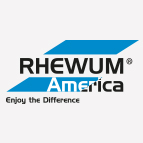
RHEWUM America Inc.
www.rhewum.us
E: [email protected]
T 888 474 3986 (888 4RHEWUM)
954 990 8847
Address
10424 W State Rd 84
Suite 7
Davie, FL
33324
United States
Show map
Visit our profile










